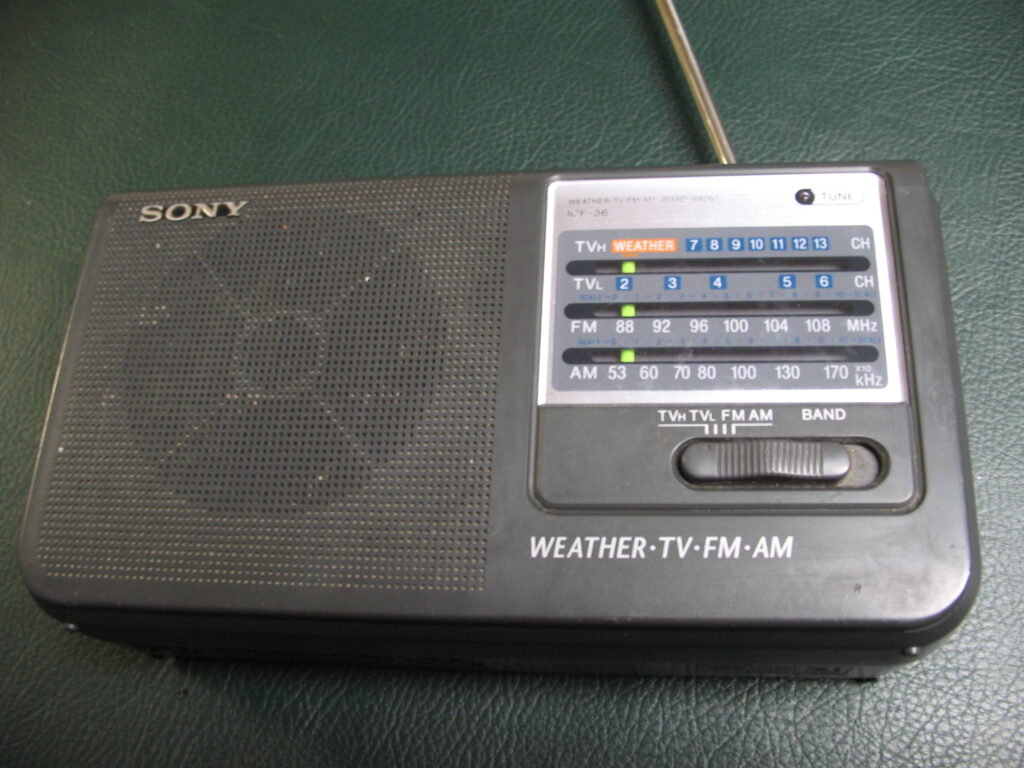Under an order adopted unanimously by the Federal Communications Commission, all cable companies with hybrid, digital-analog systems must continue carrying stations’ analog signals until Dec. 12, 2012, after which the rule will sunset.
The so-called “viewability” order was released June 12. The decision to extend the rule for an additional six months is considered a victory for cable operators and a defeat for the watchdog group Consumers Union and broadcasters, who had requested the FCC to extend the rule for another three years.
Had the FCC not passed the extension, cable’s analog TV subscribers would have been forced to use digital-to-analog converter boxes to receive local channels deemed “must-carry” by the FCC.
The FCC had originally established a three-year deadline for conversion from analog to digital signals. However, of the estimated 58 million U.S. cable subscriptions, 12.6 million households continue to use analog television sets. The FCC also approved a rule allowing cable companies to rent customers analog-to-digital converter boxes at a nominal charge not to exceed $2 a month. Consumers Union had petitioned the FCC to force cable operators to provide the converter boxes for free.
Analog Carriage Redundant
The digital/analog signal issue dates back to September 2007 when the commission adopted a dual “must carry” rule that required all cable operators to carry both analog and digital signals following the transition to digital broadcast television in 2009.
In discussing their votes on the rule extension, FCC commissioners pointed to the widely available converter boxes that effectively make carriage of analog programming redundant.
“Cable operators, broadcasters, and consumers have been on notice since 2007 that the elimination of this rule was more than a mere possibility,” said FCC Commissioner Robert M. McDowell in a press statement. “Since our consideration of this matter in 2007, the video programming marketplace has experienced dramatic change.”
McDowell continued, “The DTV transition has been successfully completed, new technologies and platforms have entered the market, high-definition (HD) channels now abound, and broadband capacity is at a premium. Today, affordable set-top boxes that enable cable subscribers to view digital signals are available. Such low-cost equipment was not obtainable by consumers when we adopted the rules requiring cable operators to maintain analog streams for must-carry broadcast channels.”
McDowell noted the number of HD channels increased by 732 percent over the past five years and many cable systems dedicate bandwidth to carry separate high-definition, standard-definition (SD), and analog streams of certain channels.
Inefficient Use of Resources
“Cable operators also need substantial capacity to provide the Internet services that Americans require,” McDowell said. “In fact, each 6 megahertz analog channel can be used to provide 10 to 12 SD digital streams, two to three HD channels, or significant broadband capability. Required carriage of analog signals, when there is a low-cost, less burdensome means for cable operators to comply with the statute, is not an efficient use of resources.”
The FCC could change its position if cable operators don’t follow through on promises of making the converter boxes ubiquitous and at low costs, according to FCC Commissioner Mignon L. Clyburn.
Clyburn noted the cable companies have promised to honor both conditions, and says the FCC’s order reflects the agency’s trust-based approach in establishing the December 12 deadline. “As I have mentioned time and again, we look to industry to use best practices, proactive and thorough outreach, and forward thinking when a large-scale change of service is on the horizon,” she said in a press statement.
Robert Miller, a partner in the Dallas, Texas-based Gardere Wynne Sewell LLP law firm, said, “Making broadband available to everyone is a critical component in enhancing technological and educational advances. Rules that inhibit full broadband deployment, like the viewability requirement, need to be eliminated ASAP. The FCC’s action to extend this rule for a short period allows cable operators and consumers enough time to make necessary changes without sacrificing our ability to promote broadband growth.”
Phil Britt ([email protected]) writes from South Holland, Illinois.
Internet Info
“Viewability Rule Sunsets; Affordable Boxes Or Analog Carriage Allowed,” Federal Communications Commission Document, June 11, 2012: http://www.fcc.gov/document/viewability-rule-sunsets-affordable-boxes-or-analog-carriage-allowed




